Preparing lawns for cold weather
4 nov 2022 Landscaping & Turfcare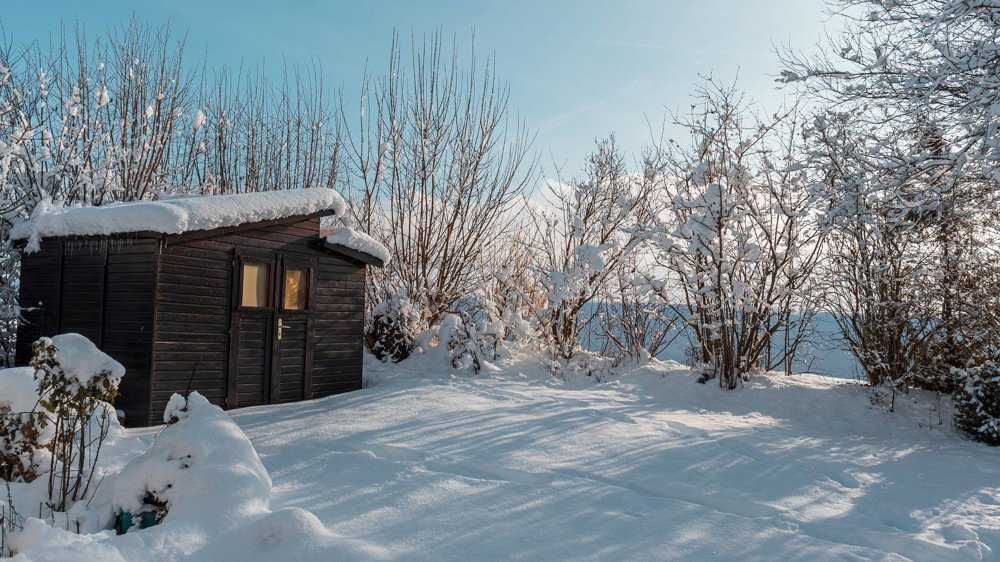
Summer is fast becoming a distant memory, the growing season is coming to an end and autumn will soon turn to winter. As you know, lawns are vulnerable at this time of the year, so to see the best results next spring you need to make sure they're in good shape before winter sets in.
According to the World Meteorological Organisation, 2022-2023 is set to be a La Niña winter. This means the Pacific Ocean has lower surface temperatures than usual, which affects weather patterns across the world. In Europe, though there are of course no guarantees, a La Niña winter typically means a milder second half to winter, with vulnerability to cold bursts early on. Accuweather predicts heavy rainfall in southern Europe, dry spells in central Europe and particularly cold weather in the UK and Ireland.
For landscapers, this makes preparing lawns for cold weather all the more important. The lawn is the champion of winter, as experienced landscape professional Andy Cox points out, "Lawns in winter can look good and still be a focal point; the leaves may have gone, the flowers won’t be flowering, and the lawn becomes the hero, creating something nice to look out on."
For landscape professionals just starting out, or experienced landscapers looking to compare their own cold weather lawn care methods with others, we've compiled a list of tips and ways to prepare.
How to prepare lawns for cold weather
Pre-winter lawn care is as important for the colder months of the year as what you do when winter actually arrives.
For the more experienced lawn care professionals, this will all be familiar. But as seasoned professionals will know, to prepare your lawn for winter, these tasks are all vitally important.
To ensure the grass stays a lush green when spring and the warmer months of the year arrive, tick off the following autumn season tasks.
Clear fallen leaves
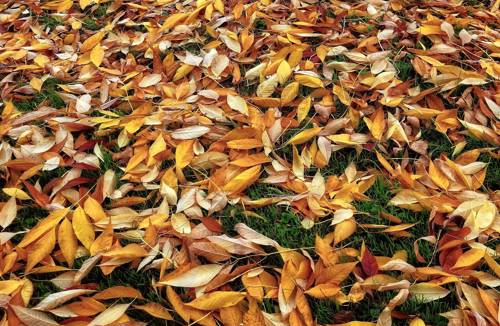
Removing debris in autumn is a vital part of preparing the lawn for winter.
Leaves suffocate the grass, preventing air and important nutrients from reaching the ground below, and provide dark, damp conditions which allow pests and disease to thrive. If left throughout the winter, the wet leaves form a mulch, which, though good for trees and the compost pile, is going to keep sunlight, nutrients and water from reaching the lawn, stunting root growth and leaving the grass a sickly yellow.
Whether you're working on a smaller space that can be handled with a rake or blower, or a large space that would be better suited to a lawn tractor with a leaf sweeper attached, it's well worth clearing fallen leaves from the lawn. As mentioned, you can always add the fallen debris to your clients' compost pile!
Fertilise the lawn
Fertilising the lawn before the first snap of cold weather occurs both rejuvenates the grass from the heat of summer and prepares it for winter.
A soil test is the best way to find which nutrients your turf is lacking; often in autumn, like spring, you will find that grass is high in nitrogen, but low in potassium. Whichever feed you choose should compensate for the nutrients the lawn is lacking. The amount you use is of course important as well, as too much fertiliser will leave the grass yellowed.
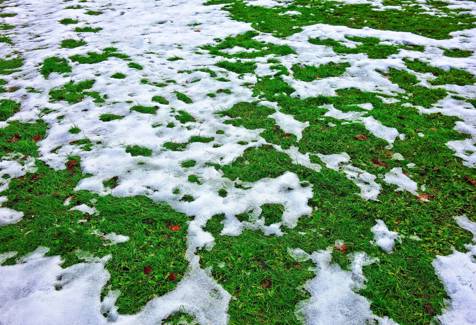
Weeding
Weeds are vulnerable in the autumn, so it's the perfect time to pull out their roots and clear the ground through some thorough weeding. Earlier in the season is generally best for weed killer, with most performing best in warmer conditions.
Some may take the view that weeding is unnecessary as they will die off in the winter regardless, but often the weeds are lying dormant beneath the soil and will become an issue once again next spring.
The last mow before winter
The last cut of the year, before you store your mower for winter, can range anywhere from October to December and will vary according to where you live in Europe, as it all depends on temperatures.
This is fairly common knowledge, but your last time mowing should only take the tops off the grass. The mower settings should be for a high cut, as the lawn needs the extra length to shield itself from the cold weather.
In Northern Europe? Scarify
If you're located in Italy or Spain, there's little need to discuss scarifying late in the year, but it's an important task in the UK and other northern parts of Europe. The key consideration for scarifying before cold weather is timing.
You don't want to scarify the lawn too late in autumn, as it leaves the turf vulnerable to frost. Before grabbing the scarifier or rake, consider the temperatures in the coming weeks and make a decision on whether to wait for spring or remove the moss and thatch now.
If moss is a concern in your area, putting down a treatment in early winter is always a good idea.
Keep a healthy lawn with these winter lawn care tips
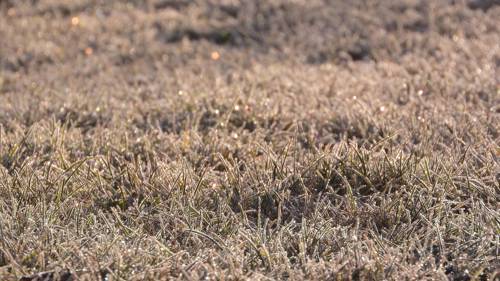
Once winter has set in, there are fewer ways to protect the lawn. But you can still give yourself a head start for spring and the next growing season with some basic maintenance.
As professionals in the industry, you will likely already perform these basic winter lawn care jobs, but for newer landscapers or anyone needing a refresh, it's useful to cover the basics.
Aeration
You should aerate the lawn in winter to give the grass space to breathe, and, most importantly, improve drainage.
Aerating helps to relieve compaction, but it is also useful in draining a waterlogged lawn. You can aerate a lawn that is already flooded, helping to mitigate the damage caused by heavy rainfall.
Manual weed control
Weed killer is often not as effective in the colder months of the year, but manual removal will work just as well when removing them from a garden or small areas of turf.
While many weeds see little growth in the winter, they will come back stronger in the spring. Tackling weeds during the winter will give you a head start when spring arrives, ensuring the lawn is a lush green for the next year.
Use grass seed on bare patches
Overseeding on bare patches of turf can help you prepare your lawn for the next year, preventing gaps from appearing where the grass has been worn away.
While winter isn't the usual season for this job, there are cool season grasses that are designed to germinate in winter; these grass seeds are ideal for overseeding. Even still, the seed is unlikely to grow well in the coldest weeks of the year, so you should wait to sow until the weather is milder.
A winter feed
Each season of the year requires a different approach when it comes to fertiliser. As in autumn, the best results will come from testing the soil and seeing which nutrients it is lacking. Like any plant, grass needs certain nutrients to thrive, and a winter feed will work both to provide them and protect the grass from common ailments.
Encourage your customers to keep off the lawn
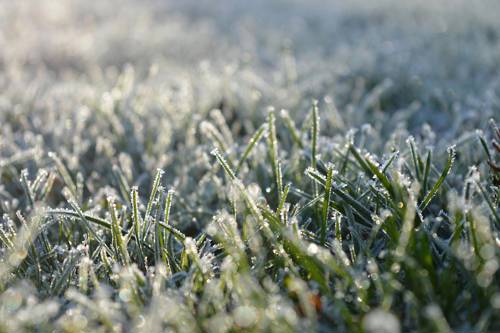
Easier said than done, but if only a few listen, it will still be worth it. Advise your customers that the worst thing they can do to waterlogged grass is walk all over it. Snow and frost make the grass equally vulnerable, and should be signs to keep off the lawn for your clients.
In fact, it could pay to encourage your customers to avoid walking on the lawn in general over winter, as it damages the grass roots when they're at their most vulnerable, compacts the soil and will leave bare patches of mud all over their lawn. If it's the only access route and the grass needs to be crossed, you could suggest stepping stones to help prevent the problem from repeatedly occurring.
Let it snow
Seeing a lawn covered in snow may set some alarm bells ringing, but snow shouldn't be a cause for concern in itself. It insulates the grass from the worst of the cold, protecting the roots from frost damage. As mentioned earlier, the biggest risk is walking over the grass – encourage your clients to keep off the snow where possible!
The risk of lawn diseases does increase with prolonged snow cover, however, as the moist conditions provide an optimal environment for disease. The development of lawn disease under snow is uncommon though, and shouldn't cause undue concern.
Prepared for winter
While spring and summer can seem a long way off, what you do now will have a huge impact on the lawns of your clients next year. Ensuring your lawns are prepared for winter – and that maintenance is carried out through the coldest months – will give you the best results when spring rolls around.
With all your preparation for the following year completed, you can rest easy in the knowledge that your lawns will be in the best possible condition come spring. In the meantime, you can consider the storage of your equipment through winter, and whether your current toolkit will be up to the demands of the next season. Take a look at the machinery powered by Kawasaki to see a range of ultra-reliable equipment ready to power you through the next season and beyond.






